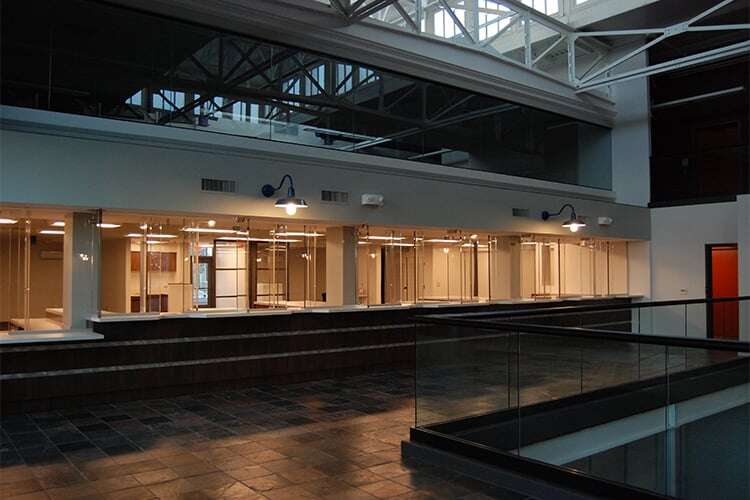Schools grab the headlines, but the FBI indicates that the bulk of mass shootings happen in commercial buildings. The absence of ballistic security barriers in these buildings is almost certainly a factor.
Solid numbers are hard to pin down, but it appears that mass shootings are increasing in both frequency and lethality (as shown in this graph from the Cato Institute). On average, an unchallenged active shooter will maim or kill at least one person every thirty seconds. On the other hand, any impediment—from heroic bystander to ballistic barrier—can drastically reduce injuries and deaths.
As such, many administrators are eager—even desperate—to find effective tools to help them Detect, Deter, Delay, and Defeat active assailants.
Advanced life-safety systems like the AIMS platform from Intrusion Technologies promise to significantly shorten the timeline for detecting and defeating active assailants. When it comes to deterrence and delay, Intrusion Technologies President and CEO Mike Rehfeld notes, “It’s clear that a bullet proof barrier significantly hardens the deterrence capabilities of a business or school.”
Ballistic Security Barriers are a Vital Part of a Deter and Delay Strategy
It would be difficult to overstate the important role a well-designed barrier plays in active assailant deterrence. TSS CEO Jim Richards notes, “I’ve personally been doing this work for twenty years, and the trend is pretty clear: when a ballistic barrier goes up, incidents go down.” This holds across industries and scenarios: in banks and convenience stores, pharmacies and payment offices, community centers and schools.
But ballistic security barriers aren’t just a deterrent. If something should happen, the barrier needs to be able to serve as a significant delay to the assailant. “Deterrence is definitely a factor,” Jim adds, “but at the end of the day, it’s about not letting people get through.”
Consider the Sandy Hook School Shooting: A barrier was in place; the school doors were secured during school hours—an excellent practice. But that measure failed to delay the attacker, who shot out a sidelite window and opened the door himself.
“Over the years I’ve seen a lot of so-called bullet resistant barrier systems that weren’t really much more than a deterrent. Heck, some of them, I doubted they were even bullet resistant. That’s why you need a whole, comprehensive solution: There’s the visible portion that makes the attacker think twice. But then there is the rest of that ballistic barrier. This is the framing, the doors, the fiberglass panels reinforcing the wall, the access-control and security systems. These components are vital to delaying someone truly determined to do harm.”
With any luck, that delay can be long enough for law enforcement to apprehend the assailant.
Working with Integrators to Design and Install Comprehensive Ballistic Barrier Systems
Customer needs evolve—especially as new threats emerge, and new organizations are forced to become security conscious.
“A bank needs certain things in their security system,” Jim says. “Those things are very different from what a convenience store or a school needs. Everybody has their own, different requirements. As a result, comprehensive security solutions, they’ve become more complex.”
The ballistic barrier is one part of the solution. But there are also access control systems, life-safety systems like the fire alarms (which also control door releases in many public buildings), and other security systems. These all need to mesh smoothly, with no gaps and no friction.
Jim and TSS have had a great deal of experience coordinating with security and life safety systems integrators. “Our ballistic barriers are designed knowing that someone is going to come behind us to install card readers, exit devices, automatic openers and closers. We can prep for whatever they need.”
The key is to put all of these trades and specialists in contact with each other as early as possible.
“Even just a single joint call,” Jim says, “Can prevent a lot of headaches. We can get five questions answered in one call, instead of going back and forth five times, or having someone in the middle trying to pass around information that they don’t entirely understand.”


